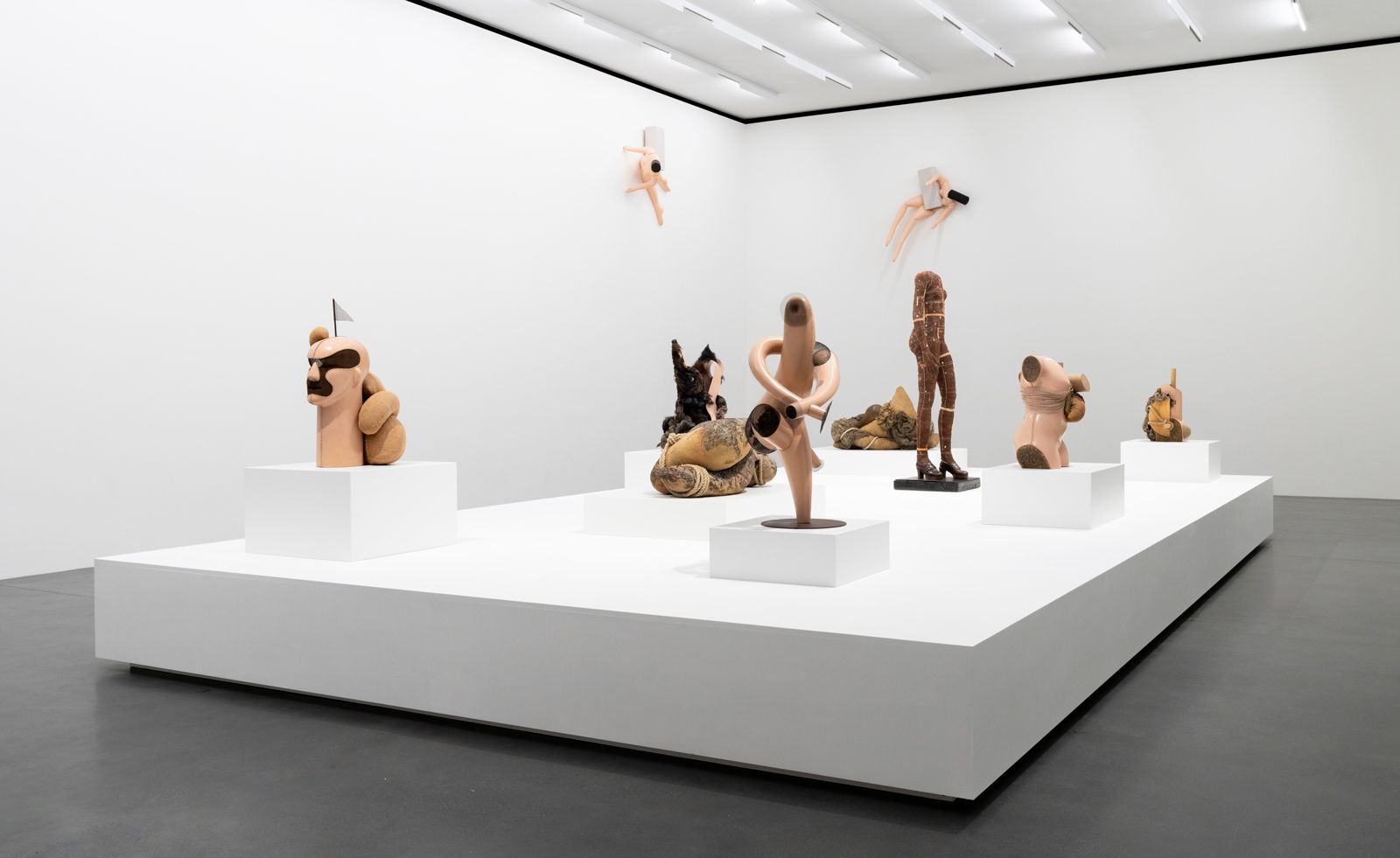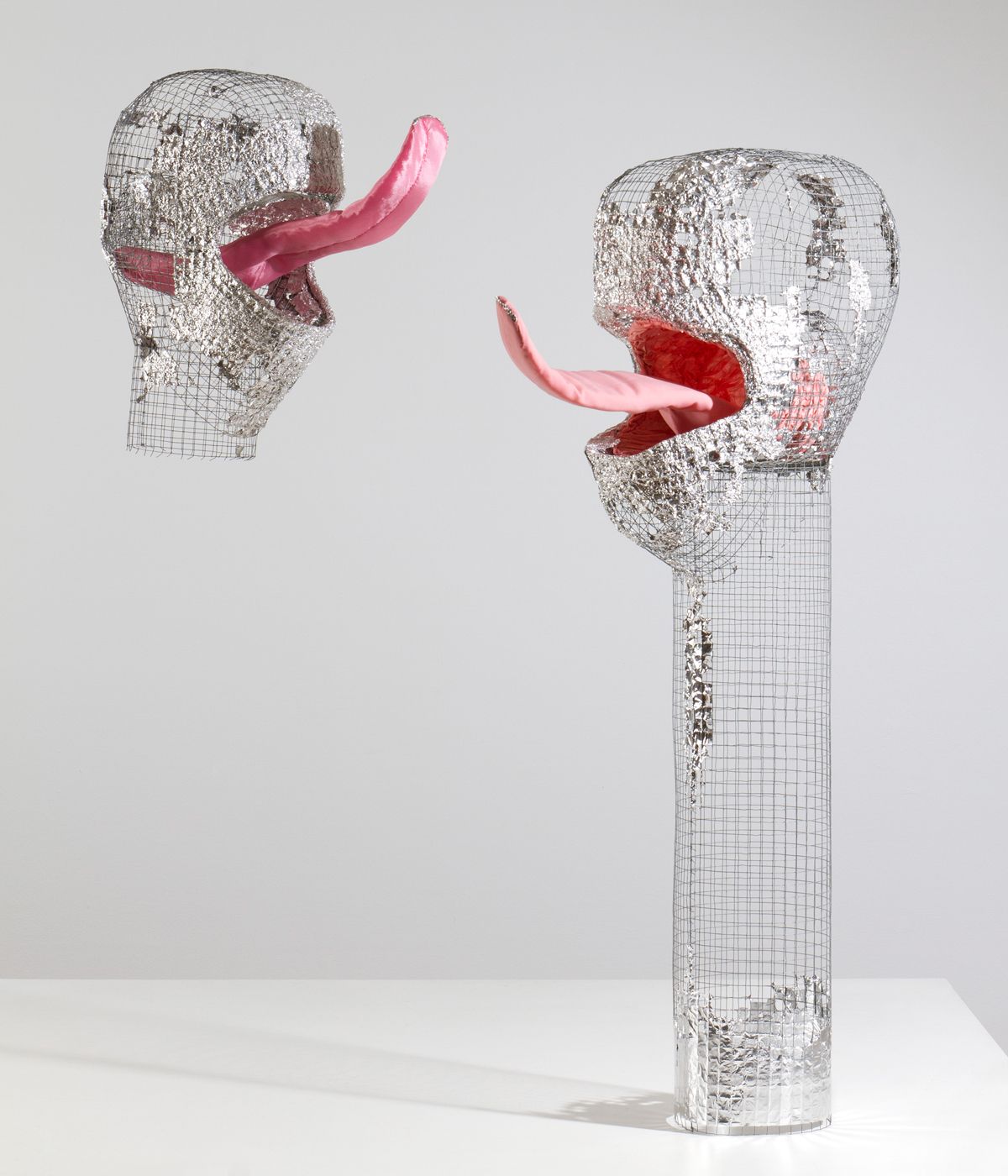Space for My Body: Anu Põder’s retrospective opens in Switzerland
Estonian artist Anu Põder is celebrated by Switzerland’s Muzeum Susch in an exhibition curated by Cecilia Alemani

Estonian artist Anu Põder (1947-2013) was fascinated by the fragility of the human body, exploring its fleeting nature in works at odds with the classic Soviet art which dominated in the second half of the twentieth century. Põder directed her frustration at the Soviet’s occupation of Estonia in 1940 (until independence gained in 1991) inwards, translating an eclectic jumble of materials - wax, plaster, soap - into sculptures which depicted the inside of the human body.
For the first time, Põder’s work is now the subject of a retrospective outside of her native Estonia, with Anu Põder: Space for My Body, opening at Switzerland’s Muzeum Susch in an exhibition curated by Cecilia Alemani. The museum, expressly created to champion overlooked international avant-garde women artists, will present over forty works dating from 1978 to 2012.

‘I was very taken by Anu’s work because I find it incredibly unique, powerful and surprising, especially when it comes to the field of sculpture,’ Alemani tells us. ‘Considering that she was working in complete isolation in Estonia, a country that was annexed to the Soviet Union in the 1940s and remained largely isolated from the rest of the world until the early 1990s, I find her visual language very complex and compelling. Her use of innovative materials at a time when most artists around her were using bronze and stone, her anti-monumental approach to figuration, portraying the body and its fragilities, and finally her masterful way of quoting classical references while at the same time introducing cracks, seams, appendixes and stitches is remarkable and make her one of the most powerful voices working in Eastern Europe during those years.’
The exhibition is loosely divided into three parts. The first is composed of dolls and mannequins, for the artist’s investigation of the body, the second the unusual materials Põder used to represent the body and the third dissenting her relationship with the senses and desire.

‘I think Anu was an incredibly skilled artist,’ Alemani adds. ‘Her confidence when it comes to materials, as well as her ability and openness to experiment with unusual textures and elements, in particular if you think of her work from the 1980s, is even more relevant in the context of an occupied country, where scarcity of goods and art supplies was very common. Anu turned this shortage into a resource, adopting materials that perhaps she wouldn’t have used in other circumstances. Her formal language is also visibly influenced by a classical education, and yet she is able to embed her figures with the anxieties and preoccupations that she must have felt growing up as a young woman, single mother of three children, in an occupied country.’
By loosely following a chronological order, the exhibition emphasises the drastic change which overcame Põder’s work upon Estonia’s independence in 1991. ‘It becomes more introspective, searching for her roots and origin in a rural, and perhaps mythological, Estonia, and employing found garments as stands-in for the body. And finally, her later work focuses on ideas of nourishments and food, stimulating all senses with sculptures and installations that often employ ephemeral elements like honey, chocolate and fat, which can eventually deteriorate, change and disappear.’
Anu Põder: Space for My Body at Muzeum Susch from3 January – 30 June 2024

Wallpaper* Newsletter
Receive our daily digest of inspiration, escapism and design stories from around the world direct to your inbox
Hannah Silver is the Art, Culture, Watches & Jewellery Editor of Wallpaper*. Since joining in 2019, she has overseen offbeat design trends and in-depth profiles, and written extensively across the worlds of culture and luxury. She enjoys meeting artists and designers, viewing exhibitions and conducting interviews on her frequent travels.
-
 Snailed it: Jessica McCormack and the Haas Brothers’ playful jewellery
Snailed it: Jessica McCormack and the Haas Brothers’ playful jewelleryJessica McCormack and the Haas Brothers give a second jewellery collaboration a swirl
By Hannah Silver Published
-
 Iné in Hampstead is a Japanese restaurant with a contemporary touch
Iné in Hampstead is a Japanese restaurant with a contemporary touchIné in London's Hampstead reflects edomae traditions, offering counter omakase and à la carte dining in a minimalist, contemporary setting
By Ellie Stathaki Published
-
 Jonathan Baldock’s playful works bring joy to Yorkshire Sculpture Park
Jonathan Baldock’s playful works bring joy to Yorkshire Sculpture ParkJonathan Baldock mischievously considers history and myths in ‘Touch Wood’ at Yorkshire Sculpture Park
By Anne Soward Published


